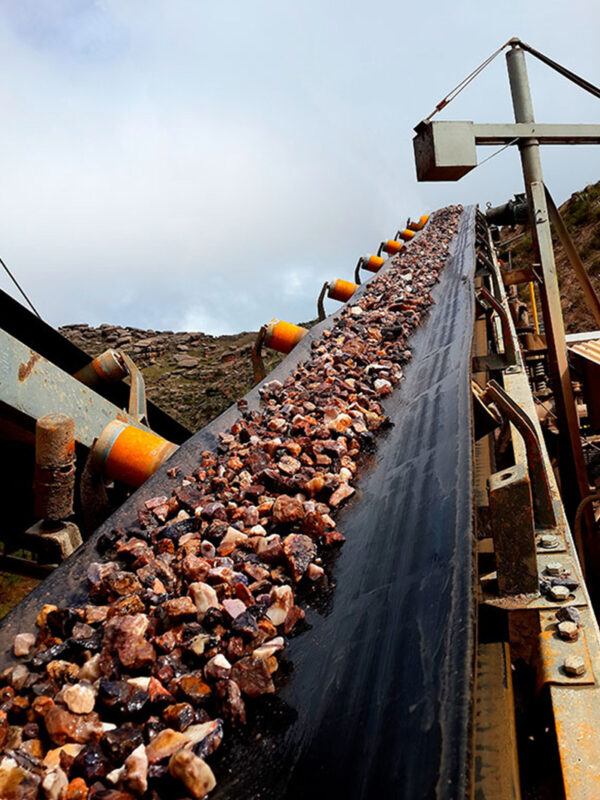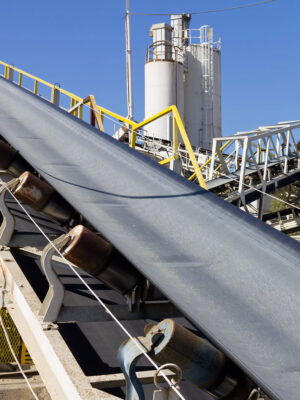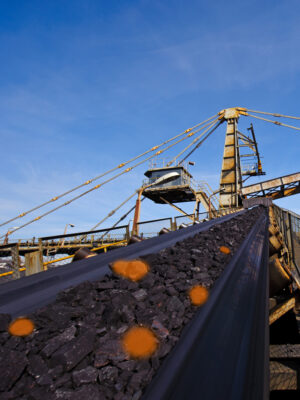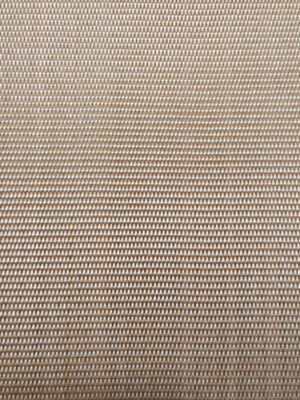Description
Low Rolling Resistant Conveyor Belt
Frictional resistances in a belt conveyor system is one of the major factors contributing to higher power consumption. One of the major frictional resistances is indentation rolling resistance (IRR), where a resistance to belt motion arises due to the indentation of belt bottom cover over the idler roll. Indentation rolling resistance occurs due to the squeezing of the belt bottom rubber cover at the idler roll contact areas while being loaded by bulk material and belt weights. Due to the viscoelastic nature of belt cover materials, the un-deformed belt geometry cannot be restored at once, where indented sections of the belt takes some time to get relaxed. This results in an asymmetric stress at idler roll & belt bottom cover interface that hinders belt advance. Long haul conveyors, typically have idler indentation rolling resistance as the most significant power consuming factor, where this share can reach up to 70% of the total motion resistance. In case of horizontal conveyors, the factors mostly affecting motion resistances are resistances due to idler roll rotation, bulk material and belt flexure as well as indentation rolling resistances.
Salient Features
- Consumes less power as compared to standard Cover grades.
- Motor load reduction.
- Due to less resistivity, possibility to use thinner belt ultimately leading to savings.
- Eco friendly.
- INDUS SUPER ECO Conveyor Belts are available in all types of textile CARCASS range such as NN//PP/EP/EE, Straight Warp & Aramid/Kevlar.
- Suitable only for General Purpose Abrasion & Impact Resistant Applications.





